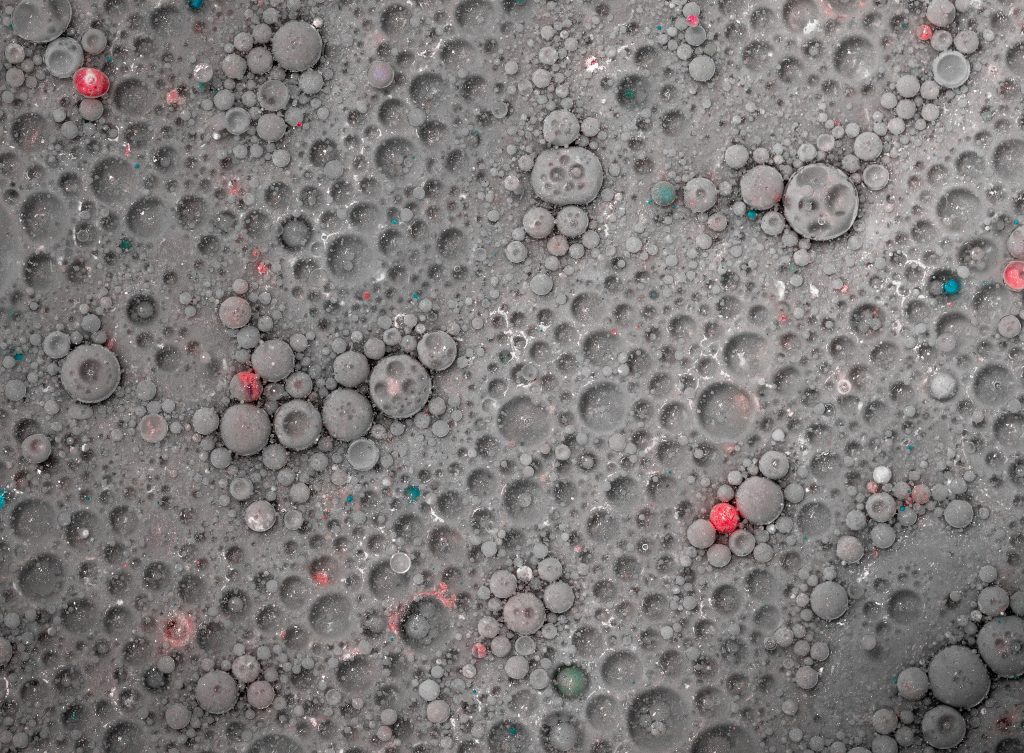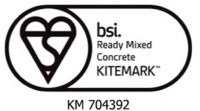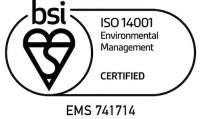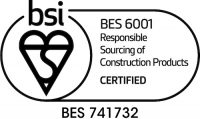In the construction industry, new materials and techniques are constantly emerging to address ever-evolving challenges such as rising costs and sustainability targets. One such material that has gained traction over the years is foam concrete, a lightweight and versatile construction material with a wide range of applications. In this article, we’ll take a deep dive into what foam concrete is and explore its various applications.

Understanding foam concrete
Foam concrete, also known as cellular concrete or aerated concrete, is a unique construction material that combines cement, sand or fly ash, water and a foaming agent to create a lightweight, highly flowable mixture. The introduction of tiny air bubbles into the mix gives foam concrete its characteristic low density, making it significantly lighter than traditional concrete while still maintaining serviceable strength.
Applications in the construction industry
- Insulation material: Foam concrete’s great thermal insulating properties make it an ideal choice for insulating walls, floors and roofs. It offers better insulation than conventional concrete too, helping to reduce heating and cooling costs in buildings.
- Lightweight fill material: Due to its low density and high flowability, foam concrete is used as a lightweight fill material in many construction projects. It’s often used to fill voids and cavities, providing stability to the structure without adding extra weight.
- Void filling: In infrastructure and construction, foam concrete is often used to fill voids, including those formed by sinkholes, damaged sewer lines and abandoned tunnels.
- Sloping and landscaping: Foam concrete can be used in landscaping projects to create slopes, embankments and contouring. Its lightweight nature makes it easier to shape and mould than normal concrete, reducing labour and machinery costs and smoothing the process.
- Road construction: Foam concrete is a valuable material for road construction, especially in areas with soft soil or unstable ground. It provides a stable sub-base for road surfaces, preventing sinking and deformation.
- Fireproofing: Foam concrete is also used as a fireproofing material due to its excellent fire-resistant properties. It can be applied as an insulating layer to protect steel structures in commercial buildings, tunnels and large industrial facilities.
- Soundproofing: The sound-absorbing properties of foam concrete make it an excellent choice for soundproofing applications. It can be used in walls and ceilings to reduce noise throughout buildings.
- Prefab elements: Foam concrete is increasingly used to manufacture prefabricated building elements such as panels and blocks. Given their lightweight nature, they are much easier to transport from site to site, and they have excellent insulative properties too.
- Disaster relief: Foam concrete has proved invaluable in disaster relief efforts. Its lightweight nature allows for quick deployment in emergency situations, where it can be used for rapid construction of temporary shelters and infrastructure.
EasyMix is London’s favourite concrete supplier. Whether you’re looking for ready mix or volumetric concrete, we can cater to all types and sizes of projects – all you have to do is let us know exactly what you need and we will create a mix tailored to you! For more information, don’t hesitate to give us a call today.



